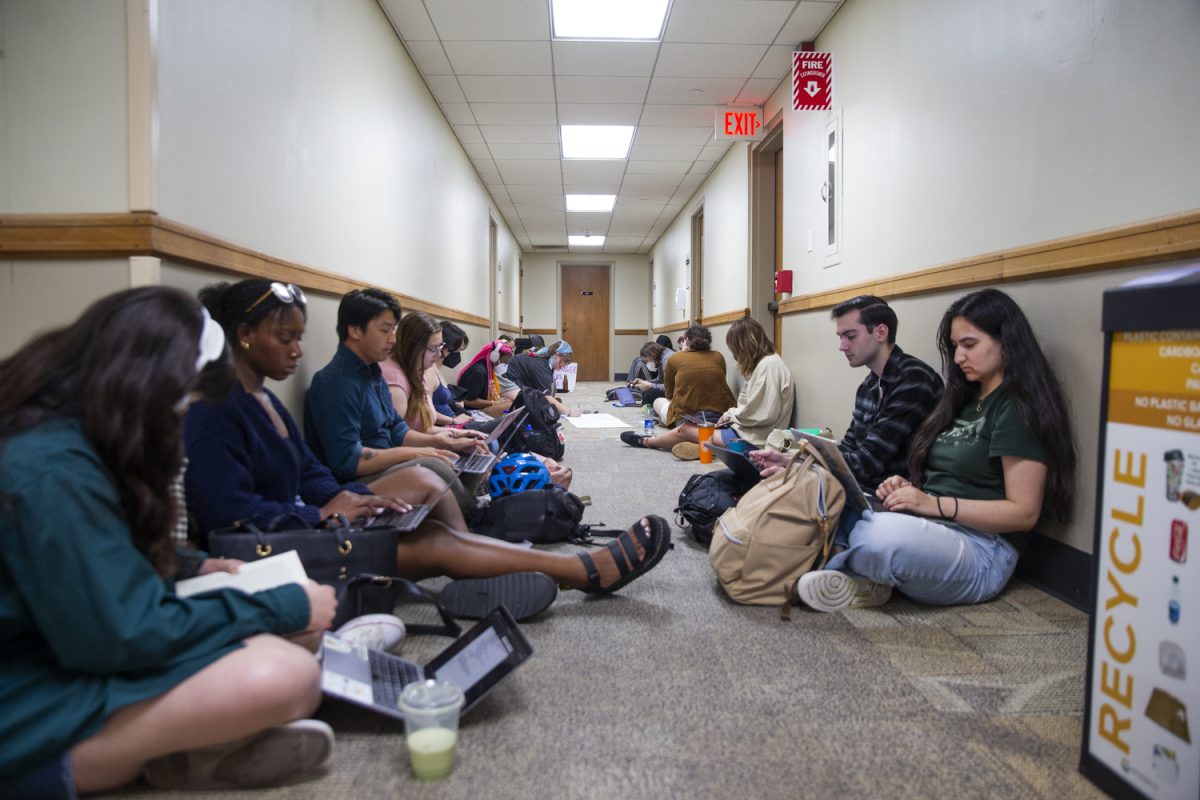By Rikki Laser
Stock-ownership plans are a newer way to encourage employees’ participation and hard work.
University of Iowa and Villanova University business researchers published the results on an in-depth meta analysis regarding business firms and employee-stock ownership plans on Sept. 29.
“Depending on the country and the economic activity there are a wide variety of ownership plans,” said Pankaj Patel, an associate professor of management and operations of the Villanova School of Business at Villanova University, in an email to The Daily Iowan. “Generally, employees can purchase company stock using their pre tax income and vesting periods vary by the level at which an employee is hired and from firm to firm.”
The study was done through a meta analysis.
“With the meta analysis, what you’re doing is you’re taking the literature so everybody that we could identify that looked at the relationship between employee stock-ownership plans and firm performance,” said Ernest O’Boyle, a UI associate professor of management and organizations and one of the main authors.
Researchers looked at financial performance specifically, and found 102 studies that looked at that relationship, which gave them around 57,000 firms.
With the meta analysis, researchers could use statistics to compile the data from all the studies. They found the correlation to be .04, Erik Gonzalez-Mulé, said who worked on the project as a UI graduate student and is now an assistant professor at Indiana University.
“When you’re talking about firm performances, it’s the very small differences that can really add the competitive advantage,” he said.
“What we hope is that more companies will be thinking it’s doable,” he said. “We found that companies who use these programs performed better than those who don’t. The idea is that companies that use these programs get employees to align their interests with those of the organization.”
Companies differ on the amount of time for the stocks to sit, the number of stocks, where the employees are allowed to put the money, and more.
“The effects that we found were pretty weak, but that speaks just to that a lot of different companies do this in wildly different ways,” Gonzalez-Mulé said.
He also spoke to the context of the small percent increase. It’s based on increments of millions of dollars, and the correlation is inherently not very simple.
“There are so many things that influence that, even things that are outside a company’s control like general market conditions,” he said.
Even though the number is so small, it is very significant because it is still there after all the different factors surrounding buying, selling, and firms in general.
“You have to interpret the coefficient in context,” he said.
The effect may be stronger in some cases than others. “In some cases it’ll be larger than [.04], and in some cases it might be smaller,” O’Boyle said. “It’s called an interaction effect. For example, if you have back pain and you take a Percocet, it might take your back pain from 100 to 50. If you have back pain and you drink a couple shots of whiskey that might also take your pain from 100 to 50. But if you take Percocet and whiskey together, there’s an interaction, a combination effect there.”
Most of the paper, in fact, talks about possible interactions rather than the results themselves.
O’Boyle said a lot of companies, unfortunately, are afraid of stock-ownership plans, as they do not want to award the mass. They are worried about a phenomenon called social loafing, where some people work very hard and, because of these few the whole group is rewarded. People can merely “tag along” and be rewarded for laziness. “It encourages people to slack,” he said.
Boyle said this is not for when a company is losing tons of money and about to go out of business; this plan is an option to explore to gain a small competitive advantage.







